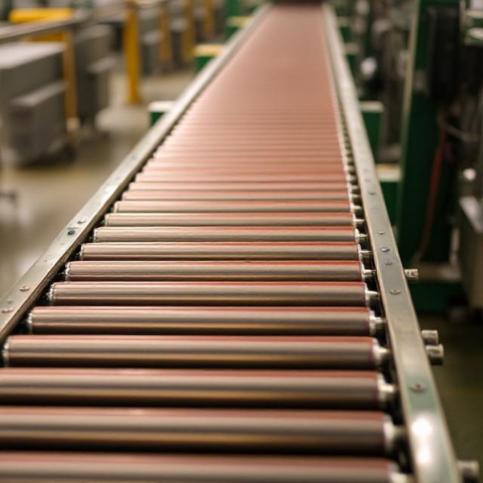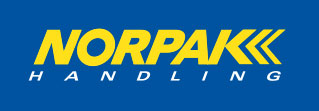Conveyor rollers come in many features and sizes. Some of the most prominent types include gravity rollers, heavy-duty conveyor rollers, belt-driven conveyor rollers, chain-driven conveyor rollers, line shaft conveyors, zero-pressure conveyors, and powered conveyor rollers. In this blog, Norpak Handling, a leading distributor of conveyor systems and general conveyors in Port Hope, Ontario, explores these types in detail.
What Are The Major Types Of Conveyor Rollers?
Gravity Conveyor Rollers
These are the simplest form of conveyor rollers that operate by gravity. They are freely rotating rollers that can transport goods from one point to another through gravitational force. This design is best for this type of conveyor, as rollers have a low coefficient of friction.
Heavy-Duty Conveyor Rollers
As the name suggests, these types of conveyor rollers are designed for goods that can weigh a few hundred or even thousands of pounds. To handle such loads, most heavy-duty rollers are made of stainless steel. They are often used in warehousing, distribution, and assembly lines.
Belt-Driven Conveyor Rollers
These are motor-driven forms of conveyor rollers that use a straight or V-belt as a transportation medium. They are more effective than conventional belt conveyors as they can be stopped or reversed when desired.
Chain-Driven Conveyor Rollers
Chain-driven conveyor rollers are quite similar in function to belt conveyors. However, instead of a belt looped over the rollers, these conveyors utilized chains, which adds a level of robustness to the entire operation.
Line Shaft Conveyor Rollers
Line shaft conveyor rollers feature a rotating shaft that connects each subsequent roller. The shaft is connected to the rollers by means of urethane belts and spools.
Zero-Pressure Conveyor Rollers
This is an advanced form of conveyor roller that utilizes specialized sensors designed to stop contact between goods. This makes it ideal for examination or sortation processes, where there is a need for accumulation with zero back-pressure.
Powered Conveyor Rollers
These types of conveyor rollers feature a combination of powered and non-powered rollers. Typically, every tenth roller is motorized, allowing for smooth transportation of goods. They are ideally suited for small and light objects.
Conclusion
In closing, based on the features of each type of conveyor roller mentioned above, manufacturers can choose one that is best-suited to their specific needs.
Want to know which conveyor roller is right for your application? Contact us at Norpak Handling today. Our massive inventory of general conveyor systems includes conveyor rollers, belt conveyors, chain conveyors, and more. Specializing in customized material handling solutions, you can get in touch with us today to learn more about how we can boost your business operations with our innovative equipment and skills.
FAQs:
What are the common applications of conveyor rollers?
Common applications of conveyor rollers include logistics and distribution centers, warehouses, manufacturing facilities, packaging, food processing, pharmaceutical, and more.
What are some common problems associated with conveyor rollers?
Some common issues associated with conveyor rollers include excessive noise, wobble/runout, and premature bearing failure.










